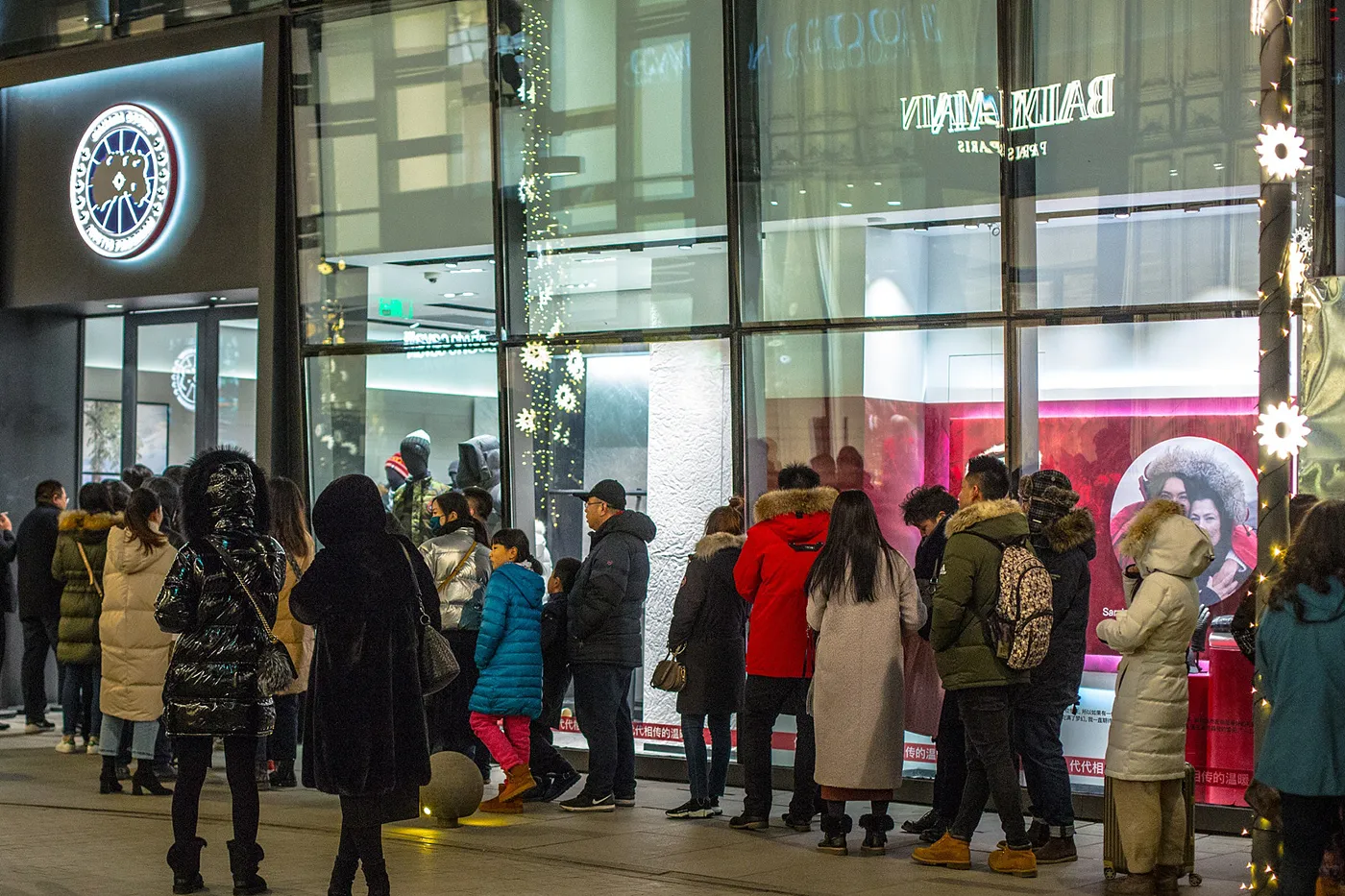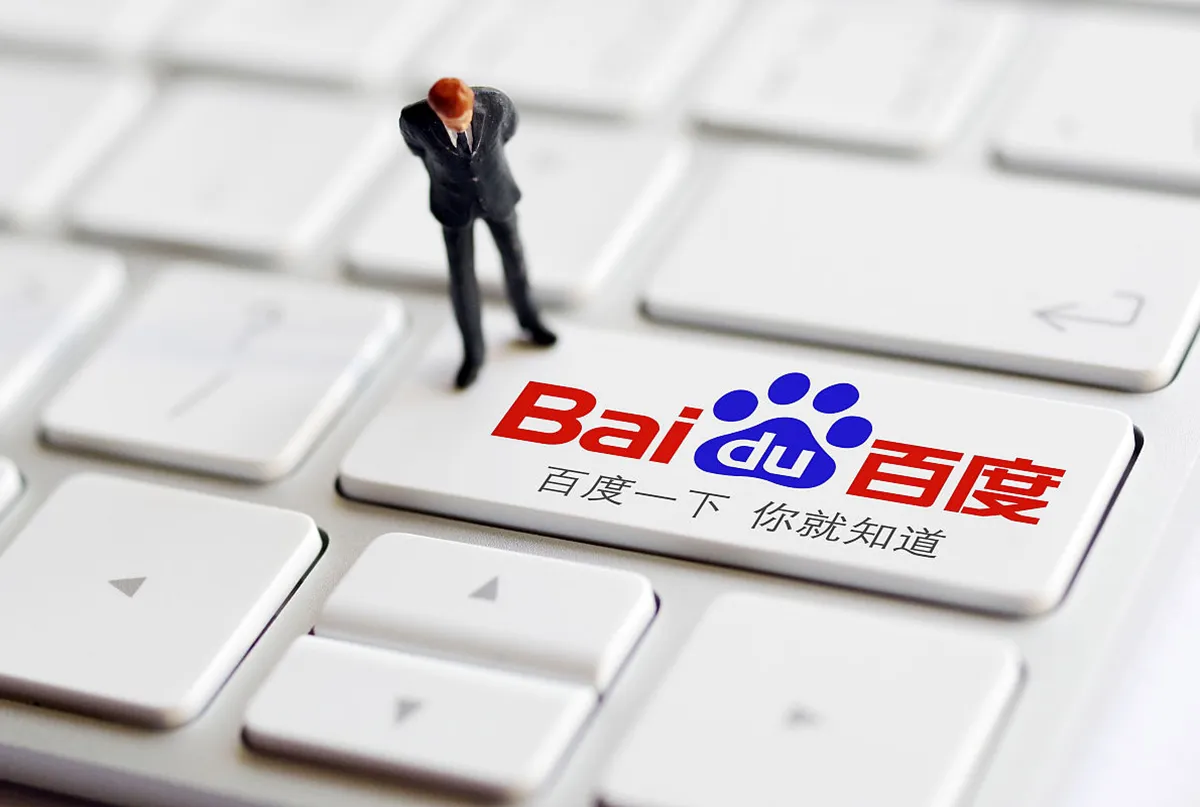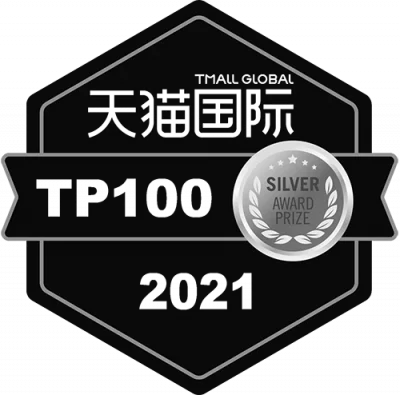For all the talk of “missed expectations” about the recovery, there has been a palpable buzz in the air in China this year. Malls, restaurants, and airports have been packed. With restrictions gone, Chinese people areshopping, eating out, going to movies, and taking vacations in record numbers. And they are continuing to shop for consumer goods in record numbers.
The buzz has been described by Chinese commentators and journalists, as well as by foreign visitors who have made their first trips to the market since before the pandemic.
Here’s what Nike President and CEO John Donahoe had to say about his recent trip to China:
“[It’s] clear is that consumer is back in China…
And so, we’ll continue to invest in China. Our China for China strategy, I think, is going very, very well. And looking ahead, we’re optimistic about Nike’s brand, Jordan’s brand, the momentum we have.
As well, we think it’s a—structural tailwinds in the region make us optimistic over the long term. Gen Z is the most active generation. There’s a growing middle class, increased focus on health and wellness. So, a very energizing visit and makes us very confident about our brands and our business in China.”
That feeling of optimism is not just an anecdote from his trip, or from WPIC’s observations on the ground: it’s backed up by the data.
Chinese consumers accumulated a record-high household savings during the pandemic. Consumers have still been cautious in 2023. But as the year has progressed, the data shows a steady increase in the consumption of both goods and services, as consumers have felt increasingly confident dipping into those savings.
Alibaba reported that online sales growth turned positive in March, after a slow start to the year as consumers were feeling cautious. Official data showed that retail sales were up 10.6% in March, 18.4% in April, and 12.7% in May. Most significantly, retail sales grew sequentially during that time, with consumers spending more each month than the year prior.
That momentum carried into a strong 618 shopping festival, which recorded a whopping $111 billion in sales, up 14.8% from the year before. Again, US$111,000,000,000 on 618!
Growth in several discretionary categories during the festival—especially beauty, which was hit hard during the pandemic––shows that consumers are increasingly willing to spend.
Multinational consumer companies from every sector have reaped the rewards of China’s consumption resurgence, driving revenue growth for their brands.
In the quarter ending May 31, Nike’s China revenue was up 25% YoY, compared to 5% globally. That remarkable China result drove global revenue up 8%.
Starbucks reported an 11% uptick in China for the first quarter, and continued its expansion with 153 new stores opened last quarter with an aim to operate 9,000 stores in China by 2025. Canada Goose’s Asia Pacific region revenue saw a 65.4% leap in Q1, thanks primarily to China’s rebound, while Lululemon’s revenue in China rose by an impressive 79% YoY while celebrating the opening of their 101st retail store in China. Luxury goods giant LVMH’s sales in Asia (excluding Japan) rose by 14% in Q1, compared to an 8% decline in Q4 of 2022. Another luxury behemoth, Hermès, experienced a 23% upswing in Asia (excluding Japan), driven by China’s robust recovery.
These are among the most successful consumer companies in the world. Recognizing the growth opportunity, they are increasing investments in the market.
In addition to retail, the services sector has experienced a significant recovery in 2023. During the recent Dragon Boat Festival, there were 106 million trips made, up 32% YoY, and surpassing pre-pandemic (2019)levels by 13%. This surge led to a 44.5% growth in tourism revenue, amounting to $5.2 billion USD, with Fliggy, Alibaba Group’s travel booking platform, recording a 160% increase in travel orders. This year’s festivalsaw the second-highest box office revenue on record.












